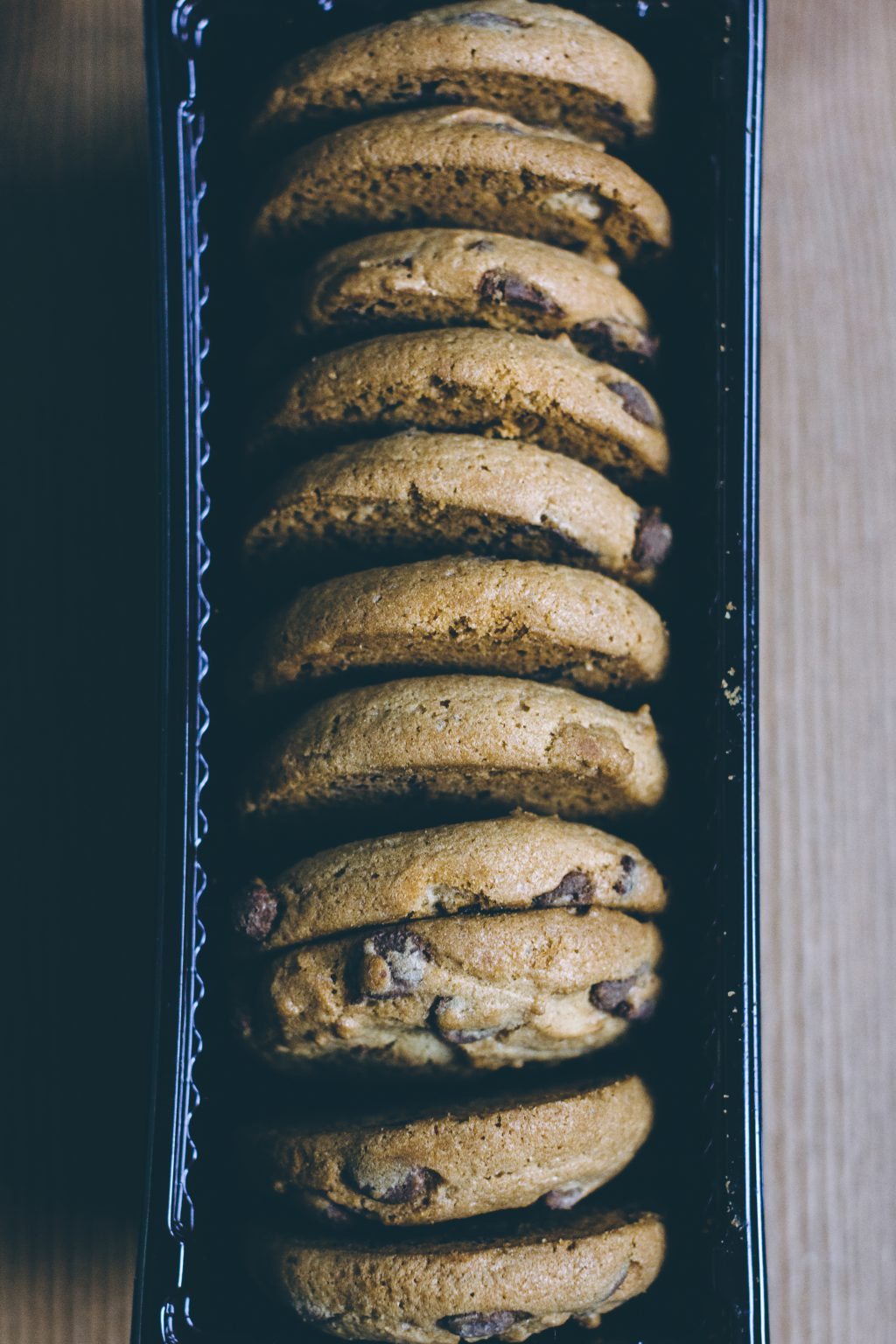Are You Using Too Much Mayo In Your Tuna Salad? Finding The Right Balance
Understanding the Perfect Mayo-to-Tuna Ratio
Ideal Consistency and Texture
Understanding the Perfect Mayo-to-Tuna Ratio
Finding the ideal ratio of mayo to tuna is crucial for making a balanced and flavorful tuna salad.
Ideal Mayo-to-Tuna Ratio:
- Classic Ratio: 2 elements tuna to 1 part mayo
- Creamy Ratio: 3 parts tuna to 2 parts mayo
- Moist Ratio: 1 part Tuna Salad Keto to 1 part mayo
Preferred Consistency and Texture:
- Creamy and Spreadable: Moist ratio (1:1) creates a extra spreadable consistency.
- Balanced and Flavorful: Classic ratio (2:1) supplies an excellent balance of tuna flavor and creaminess.
- Tuna-Forward: Creamy ratio (3:2) allows the tuna flavor to shine through whereas retaining some creaminess.
Tips for Finding the Right Balance:
- Start with the basic ratio and regulate based on desire.
- Add mayo in small increments till the desired consistency is achieved.
- Consider the moisture content of the tuna and the specified texture.
- Taste check the salad and modify the mayo as wanted.
Remember, the proper mayo-to-tuna ratio is subjective and can differ primarily based on individual preferences. Experiment with different ratios to search out the steadiness that suits your style buds.
Balancing Flavor and Texture
Mayo is a vital ingredient in tuna salad, however too much can overpower the fragile flavor of the fish. Finding the proper mayo-to-tuna ratio is essential to creating a well-balanced salad that’s each flavorful and texturally pleasing.
A good start line is to use a 1:1 ratio of mayo to tuna. This will present you with a creamy, flavorful salad with out making it too heavy. If you prefer a lighter salad, you probably can scale back the amount of mayo to half of cup for every pound of tuna. Conversely, if you’d like a richer, creamier salad, you’ll have the ability to improve the mayo to 1 half of cups per pound of tuna.
In addition to the mayo, you’ll have the ability to add other ingredients to your tuna salad to further customize its taste and texture. Chopped celery and onion are traditional additions, and they add a pleasant crunch to the salad. You also can add chopped hard-boiled eggs, candy pickles, and even chopped grapes. If you’re using canned tuna, make certain to drain it well earlier than adding it to the salad, as excess water will make the salad soggy.
Once you have added your whole components, give the salad an excellent stir and taste it. Adjust the seasonings to your liking, including more mayo, salt, or pepper as needed. Serve the salad chilled, on crackers, bread, or lettuce leaves.
Determining Personal Preference
Experimentation and Customization
Determining Personal Preference:
Personal preferences are subjective and differ significantly from individual to individual. Determining your individual preferences involves introspection, self-awareness, and trial and error.

Experimentation:
Experimentation is a crucial device for discovering your preferences. Try different choices, modify variables, and take notice of your reactions. This lets you determine what you like and dislike.
Customization:
Once you have recognized your preferences, customization becomes important. Tailor your decisions to fit your specific needs and tastes. This involves making adjustments to products, companies, or experiences to create something that completely aligns along with your needs.
Consideration of Dietary Needs
Determining Personal Preference:
– Consider your individual tastes and preferences.
– Experiment with completely different ratios of mayo to tuna till you discover what you want greatest.
– Remember that there is not any right or mistaken reply, it is all about what you personally enjoy.
Consideration of Dietary Needs:
– If you are attempting to cut back fat consumption, you need to use less mayo or select a low-fat or fat-free selection.
– If you’re allergic to eggs, you must use a vegan mayonnaise substitute.
– If you’re following a low-carb food plan, you can use a mayonnaise made with avocado oil or olive oil, that are decrease in carbs than conventional mayonnaise.
Consequences of Excessive Mayo Usage
Overpowering the Tuna Flavor
Consequences of Excessive Mayo Usage, Overpowering the Tuna Flavor:
- Altered Taste and Texture: Excessive mayo can drown out the delicate flavor of tuna, making the salad bland and cloying. The creamy texture can overpower the firmness of the tuna, leading to a mushy, unappetizing dish.
- Hidden Calories and Fat: Mayonnaise is excessive in calories and saturated fats, including unnecessary weight and potential well being issues to your tuna salad. Overdoing it can improve the overall calorie content material and detract from the dietary value of the tuna.
- Compromised Health Benefits: Tuna is a lean and wholesome source of protein and omega-3 fatty acids. However, extreme mayo can mask these benefits and cut back the dietary value of the salad.
- Unbalanced Flavors: A good tuna salad ought to have a harmonious blend of flavors, balancing the tuna, greens, and seasoning. Excessive mayo can disrupt this stability, overwhelming the other components and creating an overwhelming, one-dimensional taste.
- Reduced Appeal: A tuna salad with an extreme amount of mayo can turn into visually unappealing, resembling a thick, creamy paste quite than a vibrant, refreshing dish. The excessive sauce can hinder the visibility of other components, making it unappetizing and fewer appetizing.
Unpleasant Mouthfeel
Excessive use of mayonnaise in tuna salad can lead to an unpleasant mouthfeel. The high fats content of mayonnaise could make the salad greasy and heavy, whereas the acidity of the vinegar can create a bitter taste. Additionally, an excessive amount of mayonnaise can masks the fragile taste of the tuna, making the salad bland and unappetizing.
To avoid these issues, it is important to use mayonnaise sparingly in tuna salad. A good rule of thumb is to make use of not more than 1/4 cup of mayonnaise per pound of tuna. This will help to make certain that the salad has a lightweight and fluffy texture, while nonetheless allowing the flavour of the tuna to shine by way of.
Additional Factors to Consider
Type of Mayo
Additional Factors to Consider:
-The kind of tuna: Oil-packed tuna will lead to a much moister salad than water-packed tuna.
-The dimension of the celery: Smaller pieces of celery will mix better with the opposite components and end in a more cohesive salad.

-The quantity of salt: Tuna salad can be a bit bland, so it’s necessary to add sufficient salt to taste.
-The amount of pepper: Black pepper is a traditional addition to tuna salad, however you can also experiment with other types of pepper, similar to white pepper or pink pepper flakes.
-The type of mayo: There are many several types of mayonnaise available, each with its own unique flavor and texture.
-The serving dimension: The amount of mayonnaise you use will rely upon how much tuna salad you’re making and the way much you like mayonnaise.
Type of Tuna
Additional Factors to Consider:
– Personal taste: The optimum amount of mayo in tuna salad will range relying on individual preferences.
– Use of other ingredients: If you’re including other ingredients to your tuna salad, corresponding to celery, onion, or pickle relish, you could want to regulate the quantity of mayo accordingly.
– Serving dimension: If you make a small batch of tuna salad for just your self, you may only need a tablespoon or two of mayo. However, if you’re making a bigger batch to serve a crowd, you might want to use more.
Type of Tuna:
– Albacore: This mild-flavored tuna is an effective alternative for tuna salad as a result of it has a agency texture and holds collectively nicely.
– Yellowfin: This tuna has a barely stronger taste than albacore and can also be a great possibility for tuna salad.
– Skipjack: This tuna has a milder taste than albacore or yellowfin and is commonly used in canned tuna. It can be a sensible choice for tuna salad should you’re looking for a budget-friendly option.
Accompaniments and Toppings
Additional Factors to Consider:
– Personal preferences: Ultimately, the amount of mayo you utilize in your tuna salad is a matter of personal style. Experiment with totally different ratios till you find what you like best.
– Intended use: If you make tuna salad for sandwiches, you may want to use a bit extra mayo to make it spreadable. For salads or wraps, you must use much less mayo to make it a bit more refreshing.
– Storage: Tuna salad with extra mayo will hold higher in the refrigerator for longer periods of time. However, it may also turn out to be more bland because the mayo absorbs the flavors of the other ingredients.
Accompaniments and Toppings:
– Celery: Celery adds a pleasant crunch and freshness to tuna salad. Chop it finely or cut it into matchsticks.
– Onion: Onion adds a little bit of bite and flavor. Chop it finely or use a purple onion for a sweeter taste.
– Pickles: Pickles add a tangy, sour taste that complements the tuna nicely. Chop them finely or reduce them into relish.
– Dill: Dill adds a herbaceous flavor that pairs properly with the tuna. Use contemporary dill or dried dill weed.
– Capers: Capers add a salty, briny flavor that may brighten up the tuna salad. Use them complete or chop them finely.
– Hard-boiled eggs: Hard-boiled eggs add protein and a creamy texture to the tuna salad. Chop them finely or mash them.
– Grapes: Grapes add a little bit of sweetness and crunch to the tuna salad. Use pink or green grapes, minimize in half or quartered.
– Apples: Apples add a little bit of sweetness and tartness to the tuna salad. Use a Granny Smith apple for a sweeter flavor or a Honeycrisp apple for a tarter flavor.